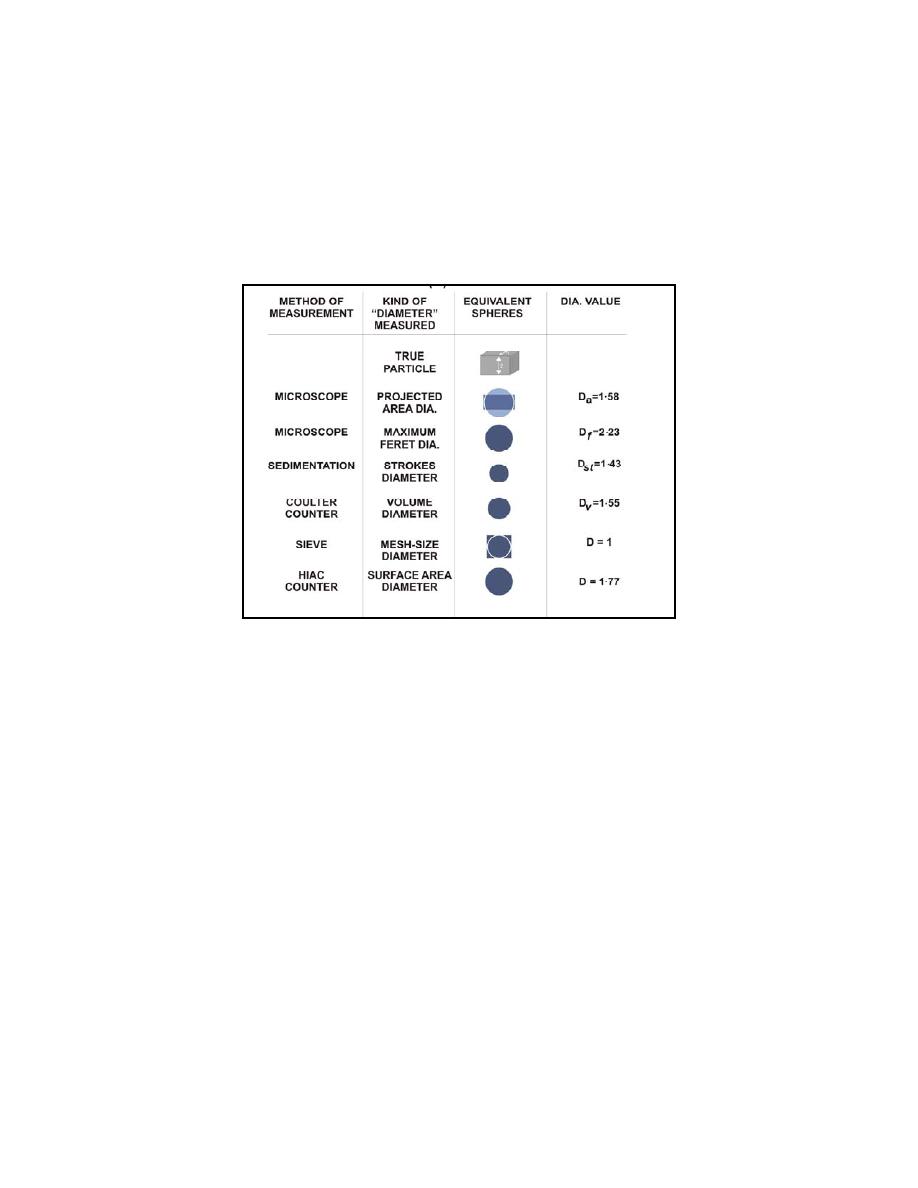
UFC 3-280-04
17 DEC 2003
When filtration is required, it may be at various places within the overall treat-
ment process. Typical applications are shown in Table 3-1.
Figure 3-1. Sphere Diameter Equivalents Demon-
strating How Different Methods of Measurement
Can Result in Widely Varying Equivalent Diameters
(D) for the Same True Particle
3-1.4
Filtration as Stand-alone Treatment. There are applications where filtration
is indicated as the sole treatment process, owing to manageable flows, relatively low
solids loadings, and stringent discharge requirements. Generally speaking, however,
there are few applications where the solids content of a waste stream is the sole objec-
tionable constituent of concern. When this occurs it is often because of higher solids
loadings than can be efficiently managed by filtration alone. In this case, it is often nec-
essary to use other processes, such as settling, prior to filtration.
3-1.5
Filtration as Pretreatment or as an Intermediate Step. The most common
uses for filtration processes in HTRW treatment are either as pretreatment or as an in-
termediary step. This may be because the high solids content in the unfiltered waste
stream will interfere with subsequent treatment processes, or it may be to meet man-
dated discharge limits. The design professional must determine the level of filtration re-
quired so that the most efficient filtration process can be specified.
3-1.5.1 As an example, groundwater contaminated with jet fuel or cleaning solvents
may be treated through a variety of means, including air stripping and carbon adsorp-
tion. Where either of these methods is used to treat the extracted groundwater, the sol-
ids content of the waste stream can be critical to the efficient operation of the treatment
system.
3-3



 Previous Page
Previous Page
